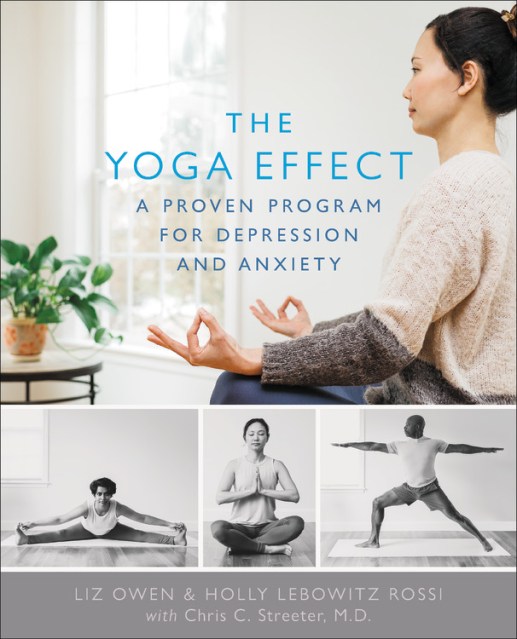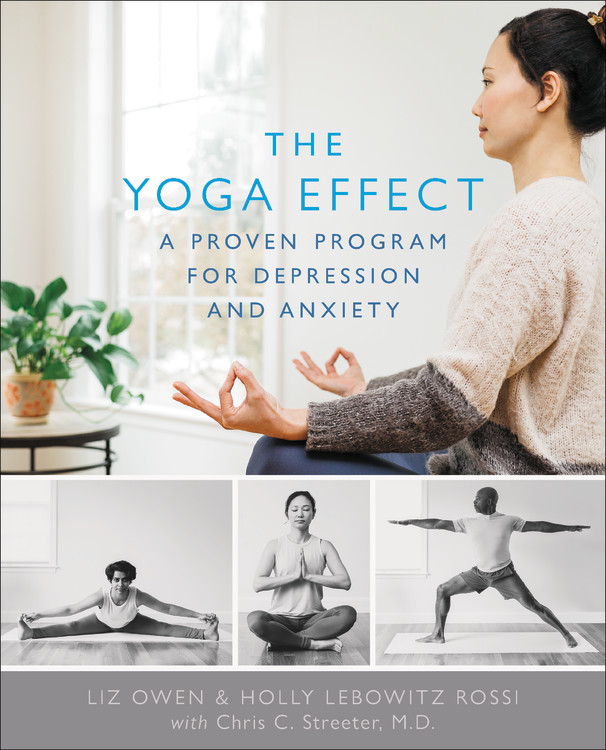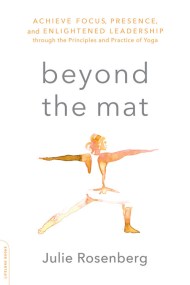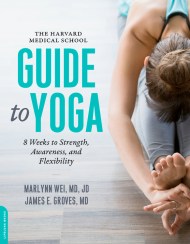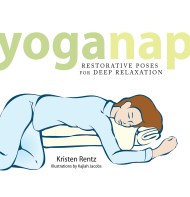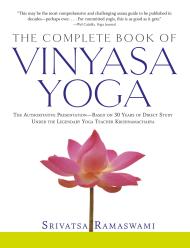Promotion
Use code BEST25 for 25% off storewide. Make sure to order by 11:59am, 12/12 for holiday delivery!
By clicking “Accept,” you agree to the use of cookies and similar technologies on your device as set forth in our Cookie Policy and our Privacy Policy. Please note that certain cookies are essential for this website to function properly and do not require user consent to be deployed.
The Yoga Effect
A Proven Program for Depression and Anxiety
Contributors
By Liz Owen
By Holly Lebowitz Rossi
With Chris C. Streeter, MD
Formats and Prices
- On Sale
- Dec 17, 2019
- Page Count
- 224 pages
- Publisher
- Balance
- ISBN-13
- 9780738284965
Price
$17.99Price
$22.99 CADFormat
Format:
- Trade Paperback $17.99 $22.99 CAD
- ebook $11.99 $15.99 CAD
- Audiobook Download (Unabridged)
This item is a preorder. Your payment method will be charged immediately, and the product is expected to ship on or around December 17, 2019. This date is subject to change due to shipping delays beyond our control.
Buy from Other Retailers:
The Yoga Effect helps readers overcome the de-energizing effects of depression and move into a state of calm and focus. Based on the program developed through three NIH-funded studies at Boston University School of Medicine, these sequences are medically proven to trigger a physical and mental release of fear and worry. The book offers:
- A customizable prescription for maintaining centeredness, confidence, and balance
- Straightforward, accessible sequences, with 40 black & white photos clearly illustrating the poses
- A short, well-rounded practice that includes breath work and poses with clear explanation of how each sequence contributes to physical, mental, and emotional wellness
- Differing levels of practice for readers’ varying levels of physical abilities
Newsletter Signup
By clicking ‘Sign Up,’ I acknowledge that I have read and agree to Hachette Book Group’s Privacy Policy and Terms of Use
